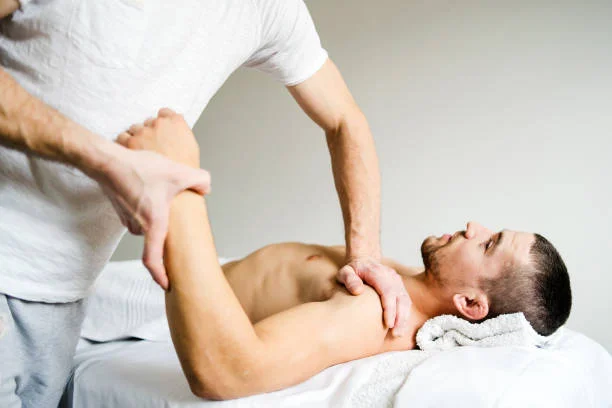
Remedial Massage
Remedial massage is a systematic assessment and treatment of the musculoskeletal pains, aches, and postural injuries. Remedial massages can be incredibly healing. Not only will remedial massage help to release tension in your physical body, but it can also help with emotional stress as well.Remedial massage balances muscle/ soft tissue length, normal joint mobilization/ bone position, increase blood flow to re-establish the body’s capacity to rebuild by enhancing nutrient distribution to the affected area, as well as removal of waste products via the blood and lymphatic system.
The Practise of Remedial Massage
Also known as Therapeutic Massage orclinical massage, remedial massage involves treating soft tissue dysfunction through hands-on manipulation; ultimately working to rehabilitate, maintain and enhance the body’s natural mobility. The Remedial Massage Therapist uses a combination of various hand on techniques to achieve the best possible results for the client. Remedial massage also stimulates our body’s natural repair processes, so that the benefits of a massage extend post treatment.
What to expect in a Remedial massage session?
During a remedial massage session, the therapist will focus specifically on the area of the body you’re having trouble with. The therapist knows how the muscles, tendons, ligaments, and bones all connect and therefore, can offer massage techniques to release the proper muscles for more targeted relief.
The therapist will also assess, analyse, and treat the body in addition to helping with any stretches and exercises which may be part of the treatment offered.
The remedial massage therapist will:
Take Health History – The therapist will ask you to fill a form about your health history and the reason you are wanting a remedial massage. The therapist mayask specific questions to know about any allergies to oils and creams, any falls/accidents and current medications being used. They may also want to know other treatments you’re seeking to alleviate pain.
Global and Local Assessment – The therapist may perform a global assessment to check the posture and any underlying issues or determine causative factors. They may ask you to walk across the room, sit down and stand up, perform some functional movements with the body part in question.
Range of Motion and Joint Tests – The therapist will perform some active and passive range of motion tests tothe muscles and joints to understand the strength, flexibility or any other issues that may be contributing to the issue.
Special Tests – A few more tests will be done to see if any more information can be gained about your symptoms. These initial checks won’t take more than a few minutes in total.
The Treatment – The therapist will decide the best remedial massage technique to be used for treating the dysfunction. You will be properly draped, and the therapist will expose only the part of the body they will be working upon. It is normal for you to get a remedial massage where you fully de-robe and cover yourself with a towel and receive a full-body massage.
- Aids in the repair of damaged tissue
- Reduced inflammation
- Improved mobility and flexibility
- Pain relief
- Accelerate recovery
- Joint mobilisation
- Improved blood flow
- Better quality sleep
- Relieve headaches
- Reduced stress and anxiety
- Lower blood pressure
- Increased energy
Remedial Massage helps not only athletes with injuries who can benefit from remedial massage,it can be truly transformative for people with all kinds of bodily discomfort/dysfunction or for simply anyone looking to relieve everyday aches and pains.
Note : For Booking Appointment, Contact our Friendly Staff.


